Elephants do more than captivate us with their size, memory, and intelligence—they’re ecosystem engineers.
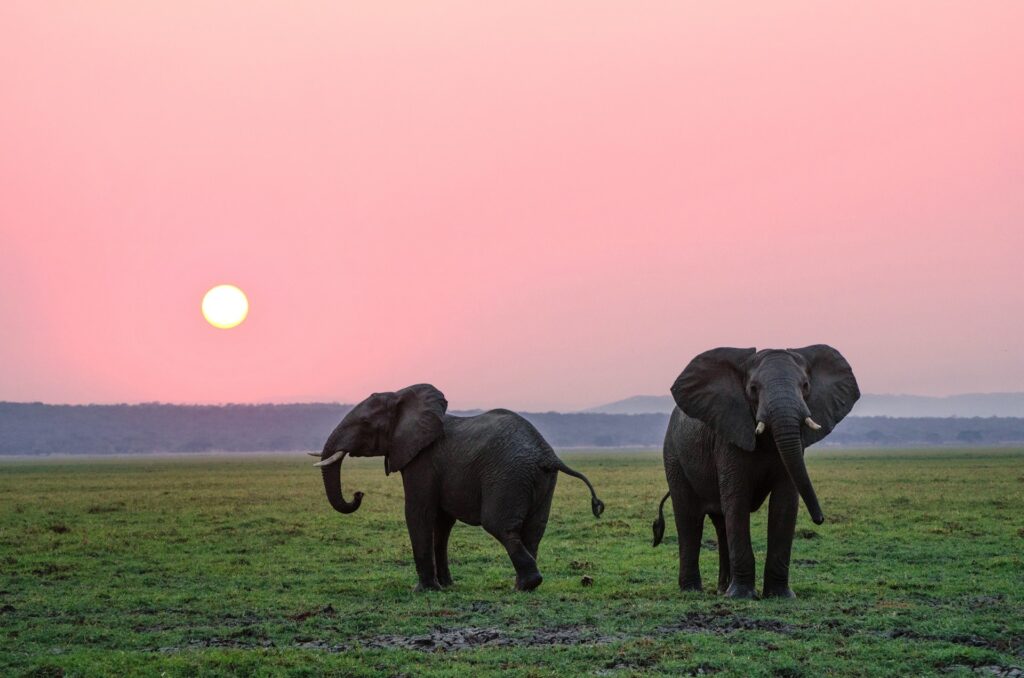
These giant herbivores shape entire landscapes, influence biodiversity, and help maintain the delicate balance of some of Africa’s most iconic ecosystems. Without them, the knock-on effects would be catastrophic—not just for wildlife, but for the people and environments that rely on these spaces too.
And yet, elephants are in serious trouble. Habitat loss, poaching, and climate pressures continue to drive numbers down, and the disappearance of elephants could unravel more than most people realise. In fact, in some areas where elephant populations have declined sharply, researchers have already observed noticeable shifts in vegetation, declines in other species, and degradation of soil quality. These cascading effects highlight just how crucial elephants are to the systems around them.
They create and maintain habitats.
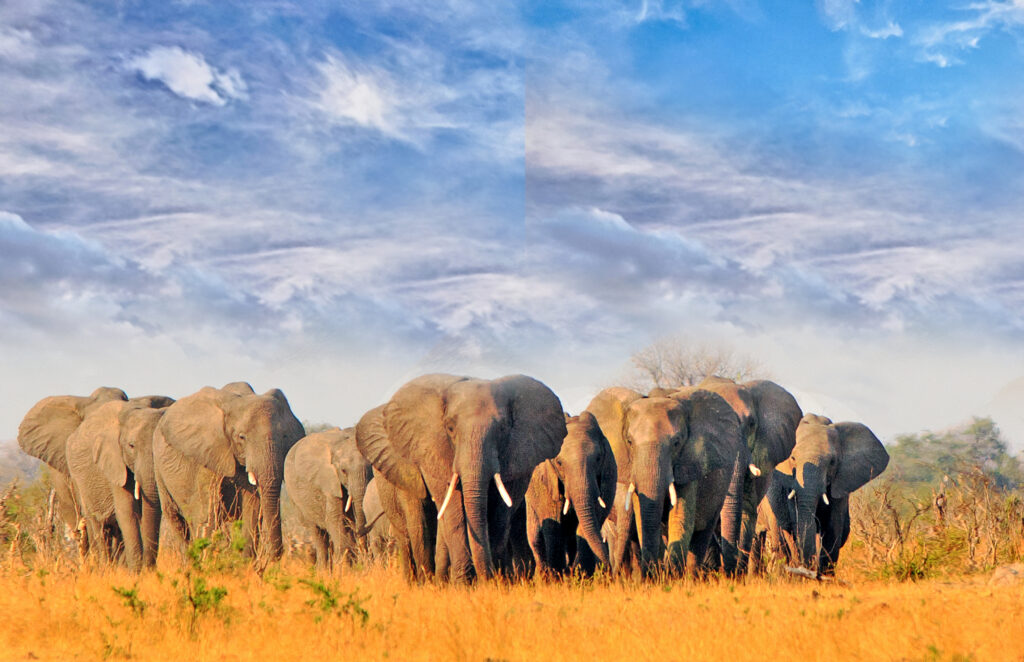
Elephants play a crucial role in shaping the African savanna and forest landscapes. As they move through the land, they push over trees, clear dense undergrowth, and trample vegetation. It might sound destructive, but it’s essential for biodiversity. Their activities prevent certain plant species from dominating, open up space for grasses to grow, and make room for smaller animals to thrive.
In forests, elephants act as “gardeners,” dispersing seeds far and wide through their dung. Some large-seeded tree species rely almost entirely on elephants for reproduction. Without these mobile planters, some forests would stop regenerating properly. A 2019 study published in Nature Geoscience also found that forest elephants help increase carbon storage by promoting the growth of slow-growing but carbon-rich tree species. In this way, elephants aren’t just keeping ecosystems in balance—they’re actively helping to mitigate climate change.
Their impact extends to forest structure as well. In areas where elephants are present, forests tend to be more open, with greater light penetration, which supports undergrowth diversity and creates ideal conditions for a variety of insects, birds, and small mammals.
They keep waterholes and grasslands healthy.
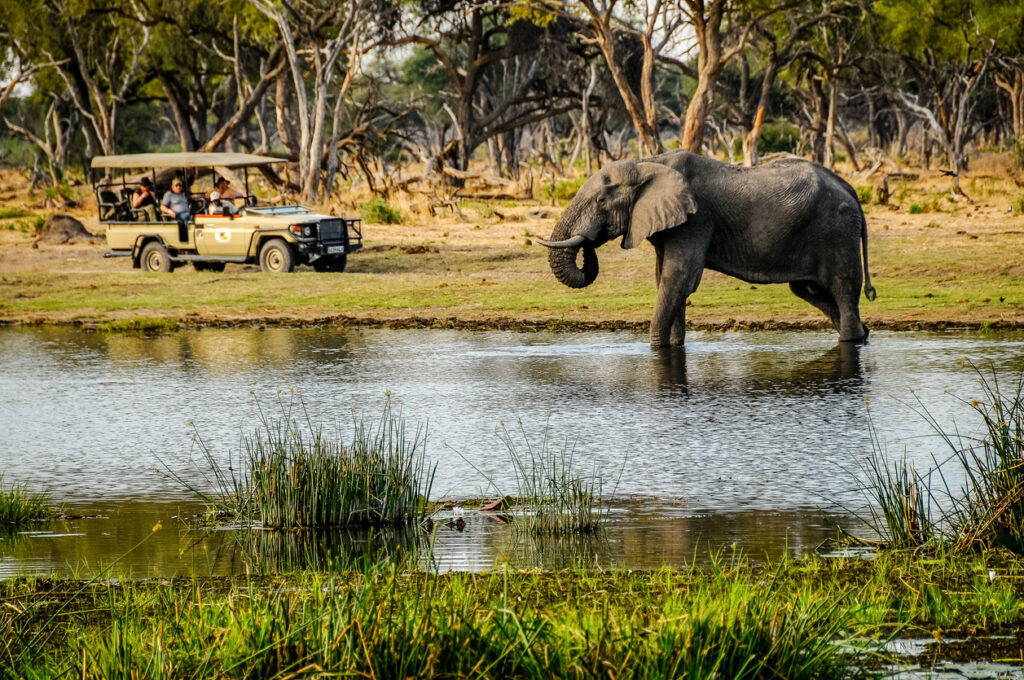
In drier landscapes, elephants dig waterholes that provide vital hydration for many other species during the dry season. Their massive footprints also collect rainwater, which birds and insects use. These waterholes can become essential lifelines during extended droughts. By modifying the land, elephants often enable access to water for dozens of species that might not otherwise survive harsh seasonal extremes.
By grazing on tall grasses and browsing shrubs, elephants maintain open grasslands and reduce the risk of wildfires. Without their influence, many grasslands would become overgrown and less diverse. This has been documented in parts of East Africa, where elephant populations have declined, and bush encroachment has significantly altered the savanna landscape.
Their disappearance causes cascading problems.
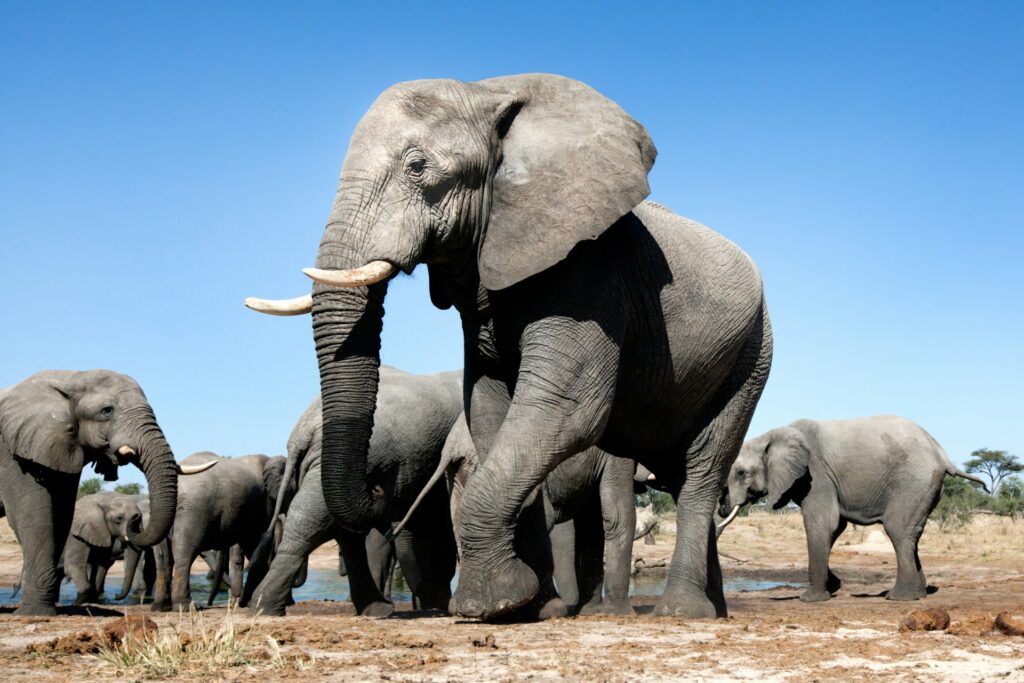
Elephants are considered a keystone species, meaning their presence—or absence—has a disproportionately large impact on the environment. Remove them, and you don’t just lose an animal—you change the entire system. Studies have shown that areas without elephants quickly experience declines in biodiversity, shifts in vegetation, and reduced habitat quality for countless other species, from insects to apex predators.
The impact extends to carbon storage as well. Forests with fewer elephants tend to store less carbon, partly due to the loss of trees that rely on elephants for seed dispersal. A 2020 study suggested that if African forest elephants were restored to their natural population levels, the carbon sequestration benefits would be equivalent to tens of billions of dollars in climate mitigation efforts.
Local communities are also affected. Elephants indirectly support soil fertility, pollination, and the health of rivers and wetlands—systems that many rural populations depend on for farming and clean water. In some regions, ecotourism centred around elephants is a major source of income. When elephants disappear, the knock-on effects ripple through local economies.
What’s threatening their survival?
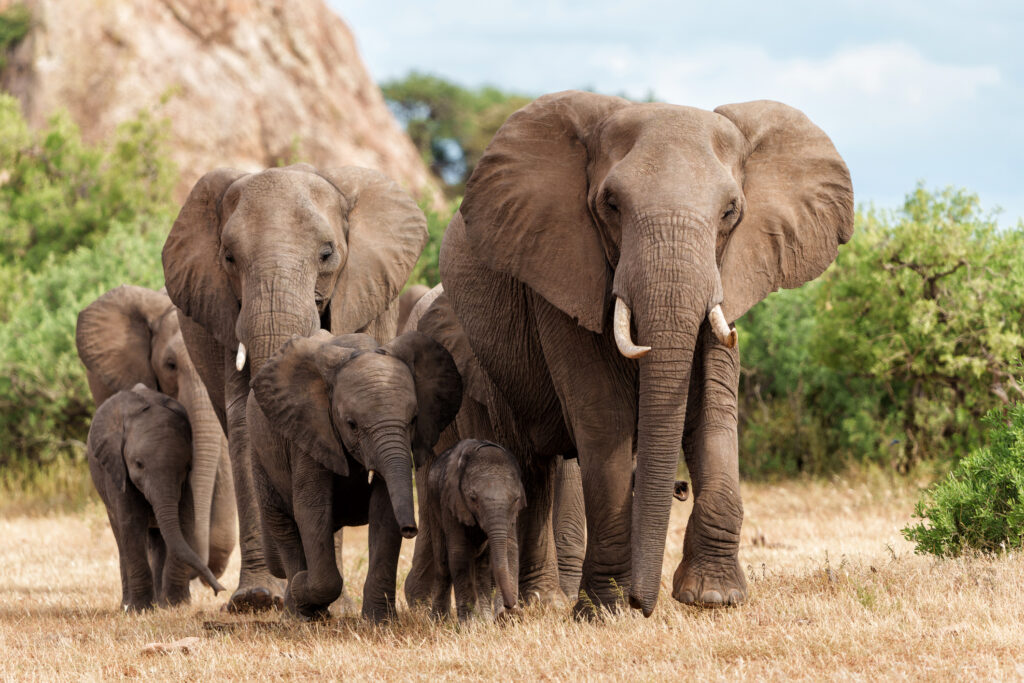
The biggest threats to elephants are well known: poaching for ivory, human-wildlife conflict, habitat fragmentation, and climate change. While ivory poaching has declined in some regions thanks to global awareness campaigns and stronger enforcement, it hasn’t gone away. Demand in illegal markets still drives killings, particularly in Central Africa.
Habitat loss—driven by agriculture, mining, infrastructure development, and logging—is now one of the most serious issues elephants face. According to the IUCN, African elephant habitat has declined by more than 50% over the last century. As their natural spaces shrink, elephants increasingly come into contact with humans. These encounters can turn violent, often with deadly consequences for both sides. For farmers trying to protect crops or families, an elephant raid can mean economic devastation. For the elephants, it can mean injury or death.
Climate change is adding another layer of stress. Extended droughts in southern Africa are drying up watering holes and reducing the availability of food, pushing elephants into unfamiliar—and often unsafe—territory. In northern Kenya, elephant mortality linked to climate-induced droughts has spiked in recent years, with many young and elderly elephants succumbing to starvation and dehydration.
So, what’s being done?
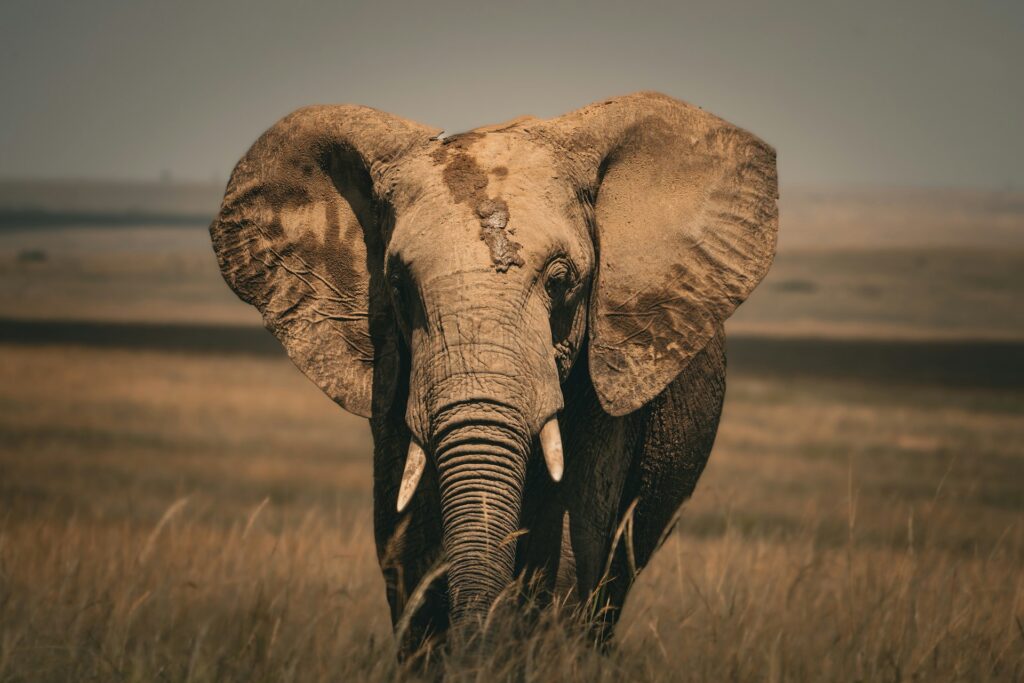
It’s not all bad news. Many people want to protect elephants and provide a safe haven for them for centuries to come. There are some promising efforts underway to protect elephants and the ecosystems they sustain. Here are a few of the major initiatives and strategies:
1. Protected corridors and cross-border parks
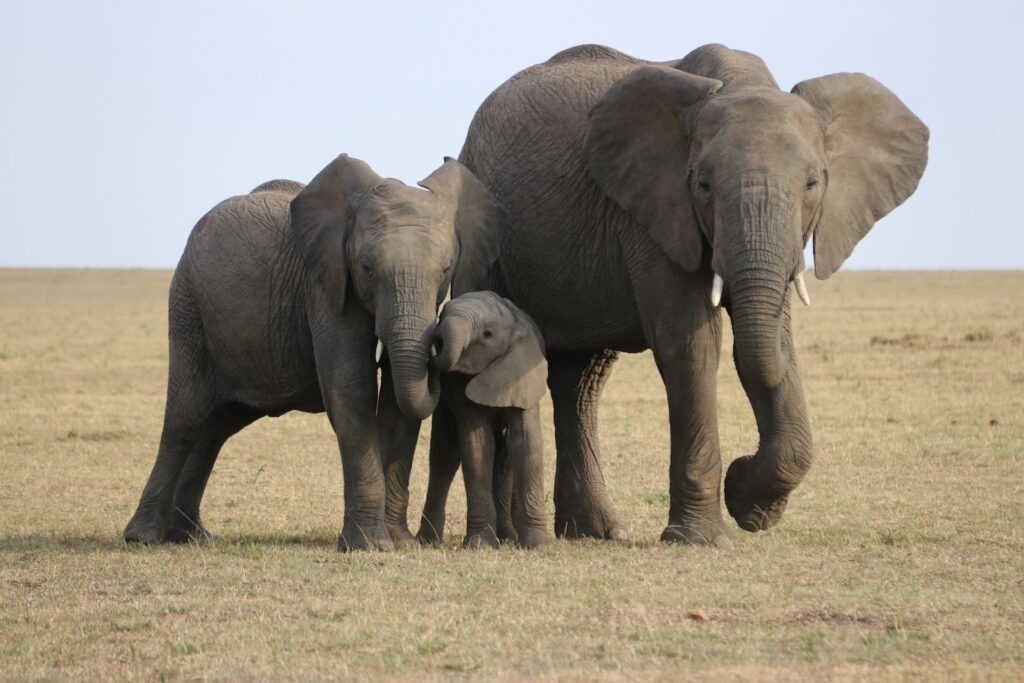
Organisations like the African Wildlife Foundation and WWF are working to establish protected migration corridors that allow elephants to move safely between habitats. Large-scale conservation areas, like the Kavango-Zambezi Transfrontier Conservation Area, stretch across multiple countries and provide the space elephants need to roam—without fences or borders getting in the way. Such initiatives help reconnect fragmented habitats, allowing gene flow between populations and reducing human-elephant conflict by guiding migrations away from farmland.
2. Community-based conservation
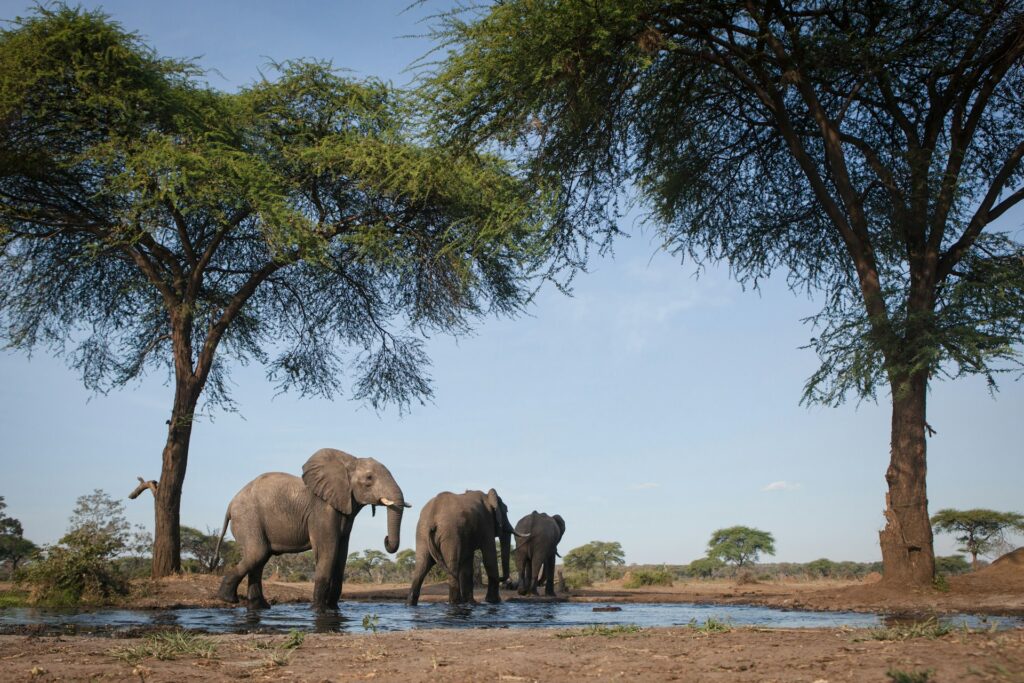
Conservation efforts are more successful when local communities are involved—and benefit directly. In countries like Kenya and Namibia, community conservancies empower people to manage wildlife on their own terms. By linking elephant conservation to tourism revenue, job creation, and sustainable land use, these projects help shift the narrative from conflict to coexistence.
Programs like Northern Rangelands Trust in Kenya have successfully integrated local communities into conservation strategies, with wildlife populations increasing alongside economic opportunities. These grassroots approaches are essential to building long-term trust and reducing retaliatory killings after crop damage.
3. Anti-poaching and surveillance tech
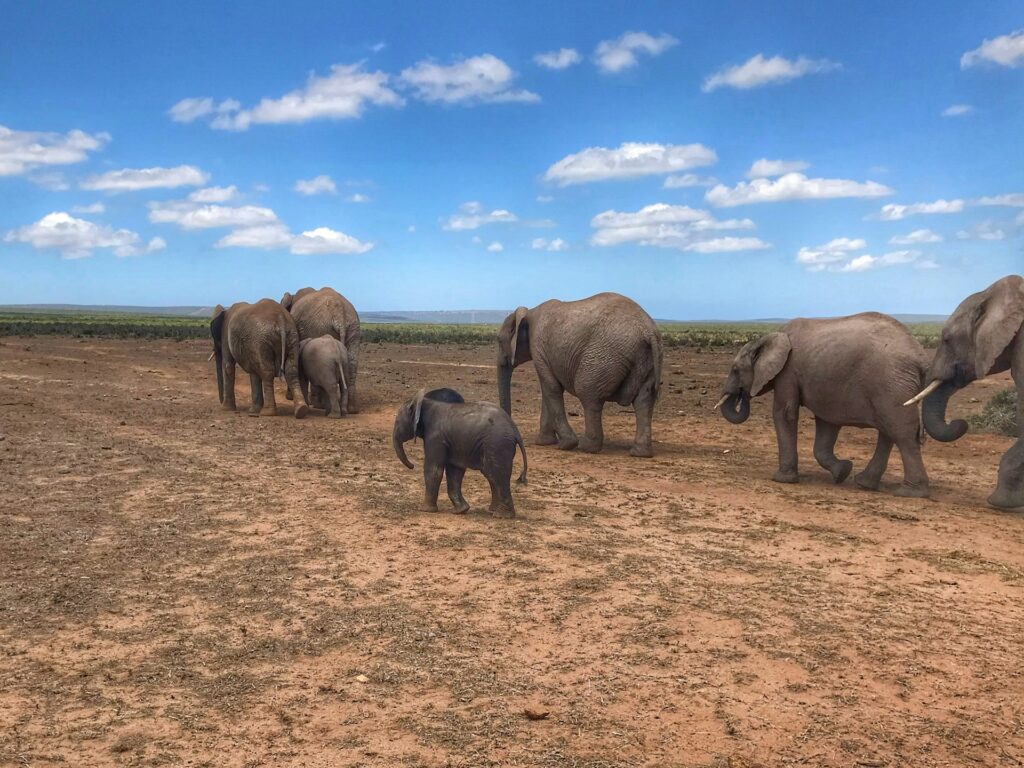
Technology is playing an increasing role in protecting elephants. Drones, satellite tracking collars, motion-sensor cameras, and AI-powered data tools help rangers monitor elephant movements and identify poaching threats in real time. Organisations like Save the Elephants have used this data to reduce incidents of poaching and better understand elephant behaviour.
Some parks are now using real-time data to anticipate where poachers are likely to strike, allowing patrols to be sent in proactively. This intelligence-led approach has been credited with significant reductions in elephant killings in areas like Tsavo and Samburu.
4. Reforestation and habitat restoration
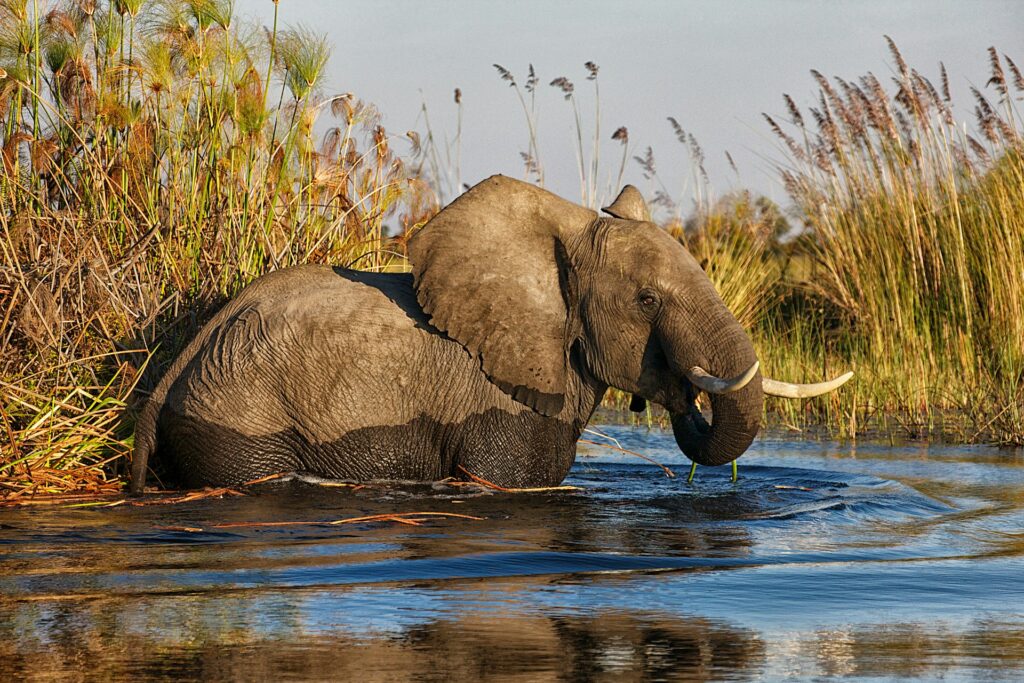
Restoring degraded land is another critical piece of the puzzle. In parts of Central and West Africa, reforestation projects are underway to expand and reconnect fragmented elephant habitats. These efforts not only benefit elephants, but help fight climate change by boosting carbon capture and improving soil health.
Initiatives like Africa’s Great Green Wall—a project aimed at restoring 100 million hectares of degraded land—have the potential to benefit both biodiversity and local livelihoods. Where elephants are part of rewilding efforts, they help accelerate forest recovery and promote ecological balance.
5. Global policy and funding
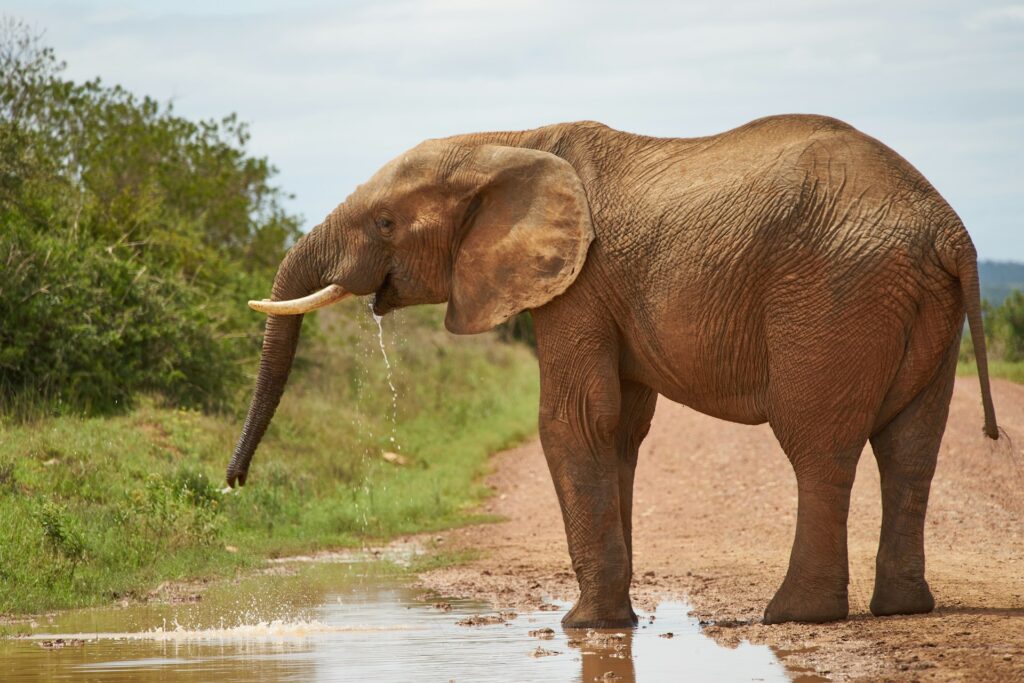
International agreements like CITES regulate the trade of elephant products and aim to protect the species from over-exploitation. But enforcement is uneven, and global funding for elephant conservation is still limited compared to the scale of the problem. Continued advocacy is needed to ensure that elephants remain a global priority, not just a tourist attraction.
Nonprofits and NGOs are pushing for more sustained investment from governments and international agencies. Recent pledges from the European Union and the Global Environment Facility have brought in funding for habitat protection and cross-border conservation networks, but long-term financial commitments remain essential.
Elephants are more than charismatic megafauna—they’re architects of the ecosystems they call home.
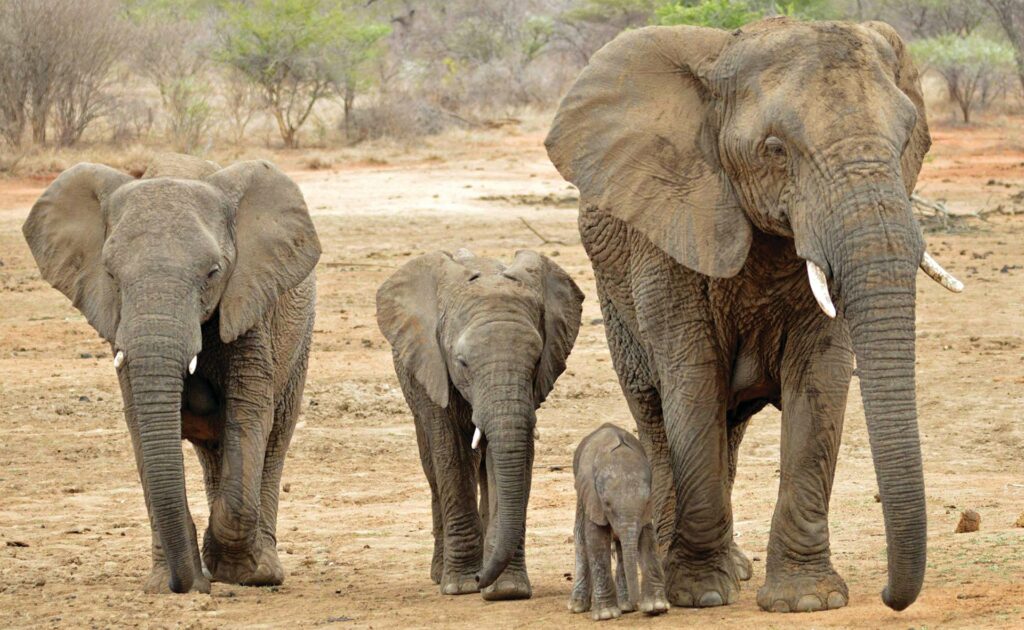
Their disappearance would ripple across the savannas, forests, and wetlands of Africa in ways that are hard to fully grasp. But the good news is, protecting elephants isn’t just possible—it’s happening.
The more we invest in preserving their habitats, supporting local communities, and treating elephants as the ecological powerhouses they are, the better chance we have of saving entire ecosystems from unravelling. Their survival is linked to biodiversity, climate resilience, and even the economic wellbeing of millions of people across the continent.
We often talk about saving elephants for future generations—but in truth, they’re helping to save us. Their future—and ours—are more closely linked than we might think.